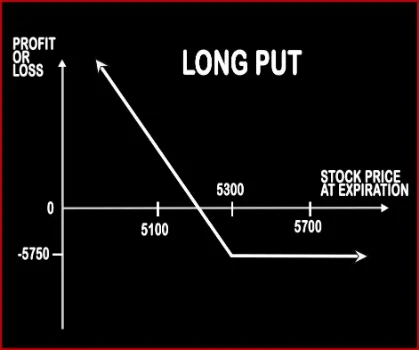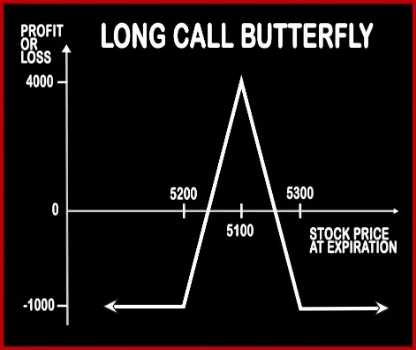Compare Strategies
| LONG PUT | LONG CALL BUTTERFLY | |
|---|---|---|

|

|
|
| About Strategy |
Long Put Option StrategyThis strategy is implemented by buying 1 Put Option i.e. a single position, when the person is bearish on the market and expects the market to move downwards in the near future. |
Long Call Butterfly Option StrategyA trader, who is neutral in nature and believes that there will be very low volatility i.e. expects the market to remain range bound, will implement this strategy. This strategy involves selling of 2 ATM Call Options, buying 1 ITM Call Option & buying 1 OTM Call Option of the same expiry date & same underlying asset. The difference between the strikes sho .. |
LONG PUT Vs LONG CALL BUTTERFLY - Details
| LONG PUT | LONG CALL BUTTERFLY | |
|---|---|---|
| Market View | Bearish | Neutral |
| Type (CE/PE) | PE (Put Option) | CE (Call Option) |
| Number Of Positions | 1 | 4 |
| Strategy Level | Beginners | Advance |
| Reward Profile | Unlimited | Limited |
| Risk Profile | Limited | Limited |
| Breakeven Point | Strike Price of Long Put - Premium Paid | Upper Breakeven = Higher Strike Price - Net Premium, Lower Breakeven = Lower Strike Price + Net Premium |
LONG PUT Vs LONG CALL BUTTERFLY - When & How to use ?
| LONG PUT | LONG CALL BUTTERFLY | |
|---|---|---|
| Market View | Bearish | Neutral |
| When to use? | A long put option strategy works well when you're expecting the underlying asset to sharply decline or be volatile in near future. | This strategy should be used when you're expecting no volatility in the price of the underlying. |
| Action | Buy Put Option | Sell 2 ATM Call, Buy 1 ITM Call, Buy 1 OTM Call |
| Breakeven Point | Strike Price of Long Put - Premium Paid | Upper Breakeven = Higher Strike Price - Net Premium, Lower Breakeven = Lower Strike Price + Net Premium |
LONG PUT Vs LONG CALL BUTTERFLY - Risk & Reward
| LONG PUT | LONG CALL BUTTERFLY | |
|---|---|---|
| Maximum Profit Scenario | Profit = Strike Price of Long Put - Premium Paid | Adjacent strikes - Net premium debit. |
| Maximum Loss Scenario | Max Loss = Premium Paid + Commissions Paid | Net Premium Paid |
| Risk | Limited | Limited |
| Reward | Unlimited | Limited |
LONG PUT Vs LONG CALL BUTTERFLY - Strategy Pros & Cons
| LONG PUT | LONG CALL BUTTERFLY | |
|---|---|---|
| Similar Strategies | Protective Call, Short Put | - |
| Disadvantage | • 100% loss if strike price, expiration dates or underlying stocks are badly chosen. • Time decay. | • Due to limited lifespan of call options, you can lose the premium paid. • Limited profit which is bound in a narrow range between the two wing strikes. |
| Advantages | • Limited risk to the premium paid. • Less capital investment and more profit. • Unlimited profit potential with limited risk. | • Under this strategy, a trader can book profit even when there is not volatility in the market. • Limited risks to the net premium paid. • This strategy allows you to gain more profits by investing less and limiting your losses to minimum. |